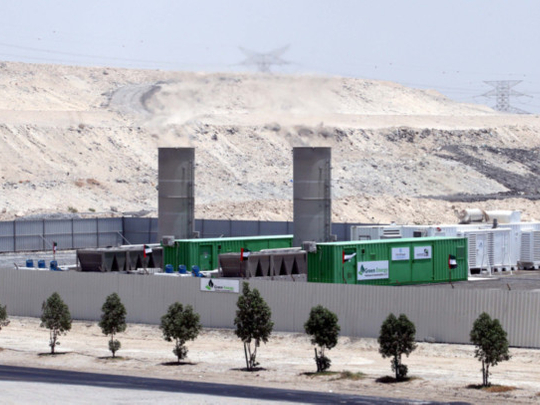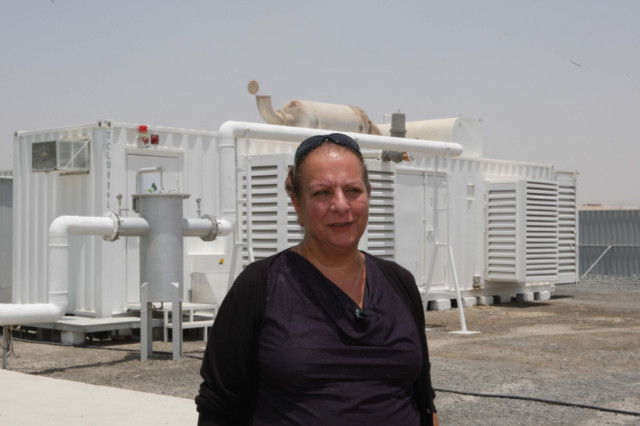
Dubai: Each day, 5,000 tonnes of municipal solid waste is tipped into Al Ghusais landfill, which rises 40 meters above the ground. Now, the millions of tonnes of trash deposited over the last 20 years is actually generating power after Dubai commissioned the region’s first plant to recover methane gas from the landfill. The site, developed by Green Energy Solutions and Sustainability LLC (GESS), was launched on July 29. “Al Ghusais landfill is not only the largest gas recovery project in the region but also the first to produce power,” said Anita Nouri, business development director of GESS.
The project will also contribute to reducing greenhouse gas emissions equivalent to about 250,000 tonnes of carbon dioxide, allowing Dubai to reduce its carbon footprint. Al Ghusais landfill generates 1 megawatt (1,000 kW) of power that meets all its internal and site requirements. Dubai plans to generate 20 MW of power from landfill gas by 2020.
How a landfill gas collection system works:
1. Garbage trucks roll into a bridge, where they are weighed, before being allowed to dump municipal solid waste into the 3.5-sqkm landfill in Al Ghusais. Freshly dumped garbage is compacted and covered by sand.
2. Over 20km of pipes are bored horizontally (at 8-metre depth) at elevations within the waste mass and vertically (up to 22 metres down) to recover methane gas emitted by decomposing waste.
3. Gas collected by the pipes is channelled to 12 underground collection chambers, where it is tested and monitored, before it goes into the main pipes.
4. Using chillers, the gas is cooled from around 75 degrees C as it comes from the main pipes, to around 10 degrees C before being fed to flares that burn off the methane.
5. Gas is piped into two high-temperature, closed combustion flares that fully burn off the methane, which is 23 times more harmful to the environment than CO2. The flares are controlled 24/7electronically.
6. A portion of methane goes to the gas engine to produce 1 MW of power using a GE Jenbacher engine.
7. The engine currently provides power for every gear (air-conditioners, monitoring equipment, computers, weigh bridge, water pump, etc) that needs electricity in the landfill site.
8. The project is expected to run for over 20 years, but could potentially last longer as the landfill gas recovery system was designed to keep the landfill active for years to come.



